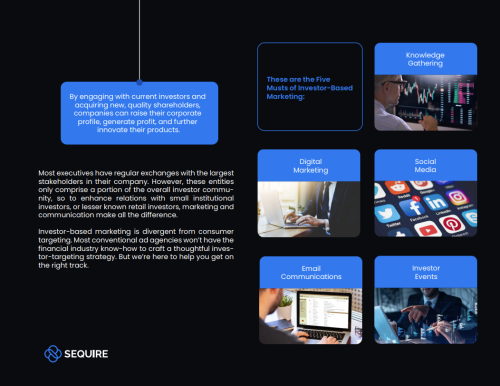The Asia-Pacific region has continued to dominate the IPO market in the first half of 2023, although proceeds are down considerably compared with the same period last year, according to a new report from EY.
Between January and June, Asia-Pacific recorded 371 new listings with a combined value of $39.4 bn, finds the professional services firm in its regular IPO market update. Those figures account for 60 percent and 65 percent, respectively, of the global totals.

In addition, mainland China delivered half of the 10 largest IPOs during the first half of the year, including Nexchip Semiconductor’s $1.9 bn listing on Shanghai’s STAR Market, while Japan provided one.
Activity in the Asia-Pacific region is down from a year ago, however, with IPO volume falling 2 percent and IPO value dropping 40 percent versus the first half of 2022. Indeed, many IPO candidates in China stayed on the sidelines as the country’s post-pandemic recovery stuttered and US-China tensions remained high, notes EY.
Rebound hopes
‘A rebound in IPO activity is on the horizon, with growing momentum and larger deals set to break through the constraints of liquidity and modest valuations,’ comments Ringo Choi, EY Asia-Pacific IPO leader, in the report.
‘Steered by the consistent dynamism of ASEAN nations and Japan, alongside a reinvigorated market in China, the region stands poised for an upswing in deal flow.’
Overall, the global IPO market recorded IPO volumes of 615 in the first half of 2023, down 5 percent on last year, says EY. Global IPO value, meanwhile, stood at $60.9 bn in H1 2023, a drop of 36 percent year on year.
‘These modest results continue to reflect slower global economic growth, tight monetary policies and heightened geopolitical tensions,’ write the report authors. ‘High interest rates and poor post-IPO share price performance have also pushed investors to look for other investment asset classes.’










